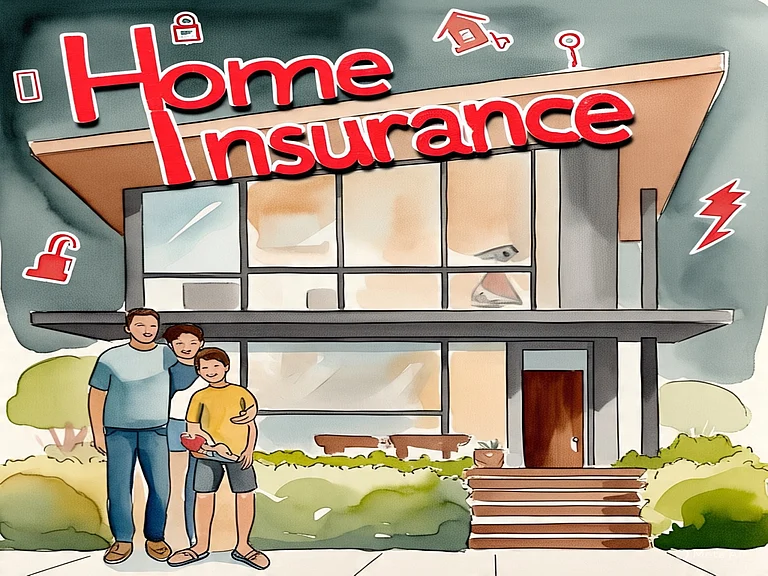Despite growing risks from floods, fires, and other disasters, most people in India still don’t see home insurance as essential. A recent report by Policybazaar, an online insurance marketplace, shows a familiar pattern where there is plenty of interest, but not enough follow-through.
What is driving people to buy home insurance?
Natural calamities are one of the prime reasons why people even consider home insurance. 41 per cent of the respondents, who explored home insurance options in the past six months, said the thought of unpredictable disasters made them look into it. For others, the trigger was more financial.
About 31 per cent said they explored insurance because of ongoing home loans. It is not surprising, if someone is still repaying their EMI, the last thing they would want is a loss they can’t recover from. Theft was another factor, with 30 per cent of respondents saying it was a key concern.
This was followed closely by theft and burglary at 30 per cent. Fires and gas cylinder blasts (29 per cent), lightning damage (26 per cent), and even voltage fluctuations or riots were other driving factors, though clearly less urgent for most.
Who buys more and who sits out?
When you break down the data further, homeowners, especially those in independent houses, were more likely to buy insurance. About 41 per cent of such owners did. In comparison, only 14 per cent of renters in independent homes went ahead with a policy, and even among those renting in housing societies, uptake was just 55 per cent.
Interestingly, 71 per cent of renters in independent homes said they were still “looking”, possibly browsing, undecided, or simply stuck.
This brings us to the next question, what leads to this gap between intention and purchase of home insurance? The report finds that while many are thinking about home insurance, only 39 per cent of those who recently explored it ended up buying a policy. The rest either stayed undecided or dropped off completely.
What is the reason behind this?
As it turns out, confusion is an underlying factor that is restricting people from actually making the home insurance purchase.
Around 27 per cent of people said they struggled to understand or compare policies. In a market flooded with jargon and fine print, it is not hard to see why. Some also said they didn’t think it was necessary, about 23 per cent believed they didn’t need insurance, mostly because they have not faced any loss yet. There is also a chunk, around 18 per cent, who simply lost steam midway. They started exploring options but didn’t actually follow through, either due to lack of time or because it did not feel urgent enough.
There were other concerns too: 14 per cent said plans were expensive, another 14 per cent felt no plan covered everything they needed, and 9 per cent pointed to a lack of guidance during selection.
This data is not just about buying behaviour. It points to a bigger issue, a clear lack of clarity and communication when it comes to home insurance. The risks are real, but the message is not reaching people in a way that makes them act.
Most homes in India, whether rented or owned, in societies or stand-alone buildings are still largely uninsured. And while the intent is there, especially after a natural disaster or theft incident in the news, the lack of user-friendly products and guidance means a large number of potential buyers simply give up.
At a time when climate events are becoming more frequent and unpredictable, this hesitation can prove costly. But unless insurance is made easier to understand and buy, without the jargon and complexity, the gap is likely to stay.














